Kern BID 1T-4EM Manual
Læs gratis den danske manual til Kern BID 1T-4EM (54 sider) i kategorien SLR kamera. Denne vejledning er vurderet som hjælpsom af 8 personer og har en gennemsnitlig bedømmelse på 4.3 stjerner ud af 4.5 anmeldelser.
Har du et spørgsmål om Kern BID 1T-4EM, eller vil du spørge andre brugere om produktet?

Produkt Specifikationer
| Mærke: | Kern |
| Kategori: | SLR kamera |
| Model: | BID 1T-4EM |
Har du brug for hjælp?
Hvis du har brug for hjælp til Kern BID 1T-4EM stil et spørgsmål nedenfor, og andre brugere vil svare dig
SLR kamera Kern Manualer
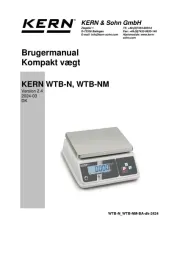
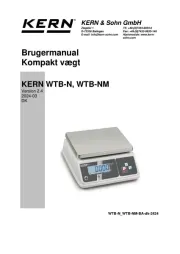
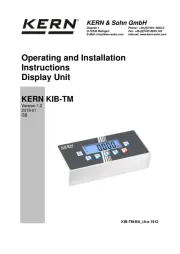
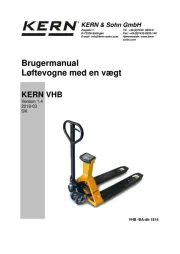
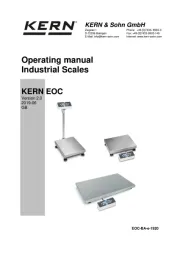





SLR kamera Manualer
- Chauvet
- Middle Atlantic
- Sky Rider
- PUR
- Creality
- Ice Watch
- Liebherr
- CUSTOM
- BODITEK
- Samsung
- Nikon
- Keter
- Weibang
- Gossen Metrawatt
- Blizzard
Nyeste SLR kamera Manualer









